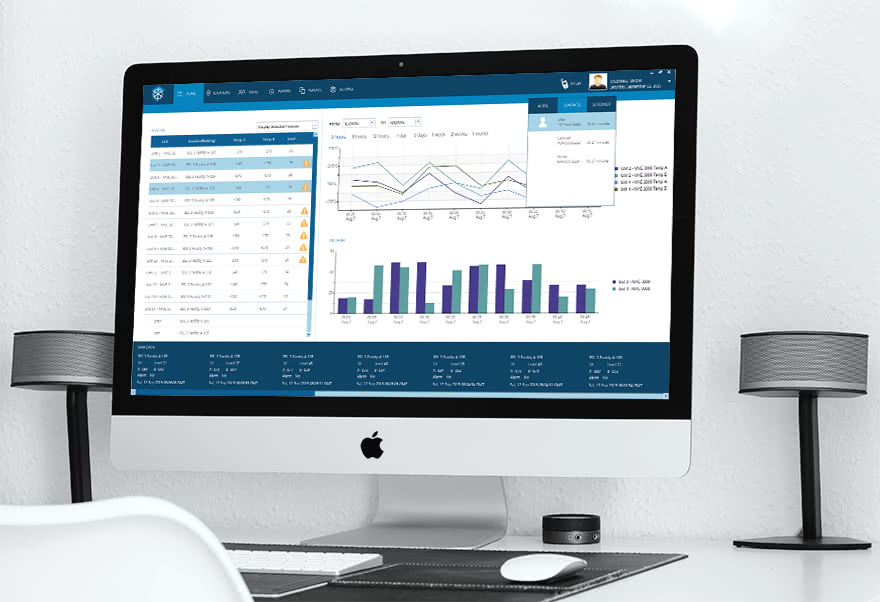This project is about a security and risk management platform that helps companies and individuals to manage the internet traffic, and actively protect themselves from potential cyber threats and time-wasting online activities. This is a comprehensive tool, including security risk assessment, vulnerability assessment, penetration testing, open-source reconnaissance, and threat analysis for security incident response, breach analysis, remediation, and recovery.
The Problem
In this project, the customer was not satisfied with the previous development team who delivered poor implementation and broken promises of progress. As a result, we were requested to continue the work and to implement more features for the upcoming demos.
The first challenging part of this project was the lack of sufficient materials to kick off the project. The former developers didn’t work well on documentation and project structure, bringing us lots of difficulties. However, we worked really hard to understand the project and finally were able to get it ready for the next steps.
After setting up the project in a local machine and reviewing the existing code, we got back to the customer to update the current status of the project based on his predefined features. The old codes were not in a good structure and there were many bugs/defects that seemed impossible to fix to prepare for the future of the project, so we suggested the client rebuild the project from scratch. Fortunately, this solution made sense.
The second challenging point was the collaboration in a distributed team. We worked with five team members from different countries and timezones. Email, Slack, and Trello, Google Call played a vital role in weekly meetings to update product statuses, issues, and plans for the next sprints. After many hard-working days, we could teamwork effectively and met the requirements as expected.
Delivery Approach
- Understand the scope of work and discuss upcoming features via calls and emails.
- Define system architecture and implement the first demo to get approval from the client
- Implement features by features in sprint-based delivery that includes development, testing, deployment, and feedback.
Result
After 2 weeks of implementation, we delivered the first demo on time with high quality. With this successful demo, we got really good feedback. More features were requested and delivered well. The clients were happy with the results in the end and planned for visiting our office for more cooperation in the near future.



